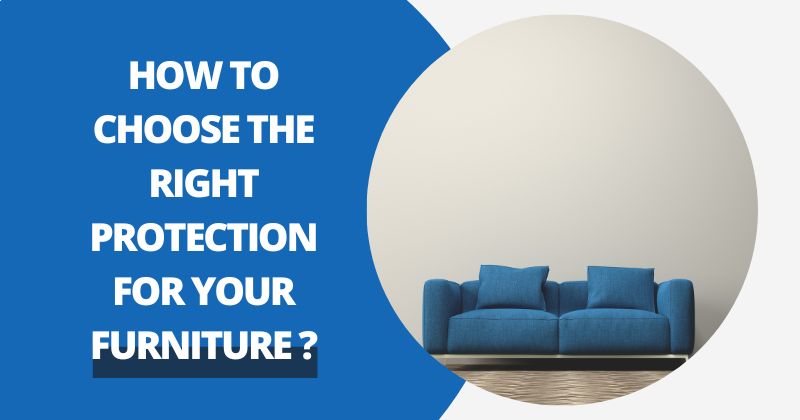
Couch Cover : How to Choose the Right Protection for Your Furniture?
A couch cover is an interesting alternative for protecting your furniture without having to replace it. When chosen correctly, this accessory can enhance your couch and even change its function and appearance. It doesn't matter if your couch is old or new; you can use covers to extend the life of a new couch, give a fresh look to an old one, and protect both from spills, stains, and other domestic mishaps. They are cost-effective and easy to maintain. To find the perfect model that suits your needs, simply follow the tips presented in this article.
Search for Models That Suit Your Style and Budget

Your lifestyle plays a significant role in choosing the right couch cover. You should select a model that matches how you use your couch. For example, if you often entertain guests at home, you'll need a cover with sturdy and durable fabric that won't wear out over time. If your couch also serves as a bed occasionally, you'll appreciate covers with antimicrobial properties. Some users prefer reversible covers, while others, especially parents and pet owners, opt for waterproof models that are more resistant to stains. If you don't want the fabric to shift or the cover to move every time you use the couch, an anti-slip model is a great choice.
On the market, you can find semi-customized cover types that are ready to use, cost-effective, and machine-washable. These covers are designed to fit standard couch sizes and are used as additional layers (you need to tuck and pin them onto the couch fabric). Semi-customized means these covers are made to fit specific couch brands.
On the other hand, the term "customized" is used for covers that are tailor-made by the customer. This means you have the opportunity to choose a unique design for your couch, including the type of fabric, color, and style that best represents you. Custom-made covers typically undergo dry cleaning, making them more delicate than mass-produced ones. Your choices will depend on your preferences and lifestyle, so make sure to define your criteria.
Measure Your couch for the Right Fit
Whether you have a sectional couch or a loveseat, you need to find a cover that can adhere perfectly to your furniture's surface. To minimize the time spent smoothing, arranging, and stretching the cover fabric, look for one with a good balance of elasticity and resistance to shrinking. A cover that fits the cushions well and doesn't create wrinkles makes the couch impermeable and, most importantly, durable. Therefore, you must choose between a stretchable and relaxed-fit model.
The challenge here is to accurately measure the dimensions of the couch, including the length between the outer arms, front-to-back depth, and the height from the top of the seat to the floor. You should also determine whether the cushions of the couch are square or rounded, wrapping around the armrests. In this article titled "How to Measure a couch for a Cover," you will find more information on the dimensions of the accessory.
Proper sizing of the cover is essential to avoid struggling when it's time to remove and wash it. Opt for covers that you can easily put on and take off. If you have trouble finding the best fit, consult the article "How to Put on a couch Cover?" for additional guidance.
Choose a Cover with Durable and Resilient Fabric

The quality of the fabric in a cover is crucial as it determines the accessory's ability to protect the couch for an extended period. The most durable fabrics are those made from a blend of twill, cotton, canvas, and spandex. Pay attention to the material of your couch's fabric as well. For instance, if you have a leather couch, choose a cover made from natural fibers that don't absorb moisture to avoid damaging the leather.
Ideally, avoid heavy covers made of chenille or velvet, as they are not stretchable and may not fit your furniture properly, which could jeopardize the cover's durability. For outdoor furniture (sofas on a porch or patio), opt for covers that are water-resistant.
You may also come across covers made of polyester and microfiber on the market. While they are easy to adjust, they are often too lightweight and not very resilient. The same goes for stretchy suede and microsuede covers. Wool and silk models may look beautiful and sophisticated but are less durable than other types.
To make your accessory unique, focus on details like dust ruffles, decorations, fringes, buttons, and more. For further information on covers, visit the "couch Cover Buying Guide."
For more information:
- How to Remove a Stain from a couch?
- How to Clean and Maintain Your couch?
- How to Protect a couch?
- What's the Difference Between a couch Protector and a couch Cover?
- When to Replace Your couch Cover?
- Couch Cover : How to Choose the Right Protection for Your Furniture?
- How to Keep Your Sofa Cover from Slipping


